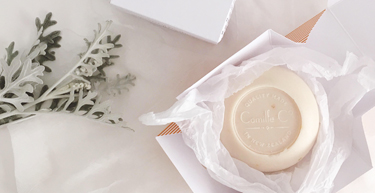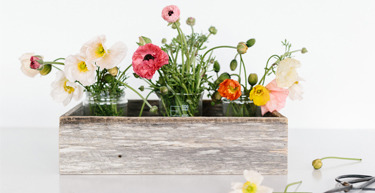 I fell head over heels in love with peonies before our wedding and simply had to have them along side ranunculus in my bouquets - they really are the most beautiful flower and I’m yet to meet someone who doesn’t adore them! I stumbled upon this really lovely interview on Kinfolk that shared some tips for growing your own peonies, which for anyone who loves to potter in the garden would find really helpful - plus their peony nursery is far too amazing for words! I’m itching with excitement for the weather and soil to warm up a little so I can get back into the garden and make a beautiful flower bed, and of course to see how the few peonies and ranunculus bulbs that I planted at the start of winter are going. I’d love to hear of any tips and tricks that you might have to growing these beautiful flowers, I can’t wait to have a whole garden bed full of them! x
I fell head over heels in love with peonies before our wedding and simply had to have them along side ranunculus in my bouquets - they really are the most beautiful flower and I’m yet to meet someone who doesn’t adore them! I stumbled upon this really lovely interview on Kinfolk that shared some tips for growing your own peonies, which for anyone who loves to potter in the garden would find really helpful - plus their peony nursery is far too amazing for words! I’m itching with excitement for the weather and soil to warm up a little so I can get back into the garden and make a beautiful flower bed, and of course to see how the few peonies and ranunculus bulbs that I planted at the start of winter are going. I’d love to hear of any tips and tricks that you might have to growing these beautiful flowers, I can’t wait to have a whole garden bed full of them! x
Click Read more to see the lovely interview by Kinfolk with Adelman Peony Gardens for a few lovely tips for growing peonies!

When Carol Adelman and her husband, Jim, moved to their farm in 1974, apples were their main crop. But in 1993, the pair decided to move in a different direction and planted their first crop of peonies. These days, their award-winning farm stretches across 15 acres of peonies, containing more than 350 different varieties. Intertwining work and family, three generations work together to keep the land running smoothly. Their sons focus on different roles concerning the business and flower farm, while the granddaughters help at farmers markets and with day-to-day office dealings. They offered us some insight on growing and caring for peonies.
How to grow peonies? Use tulip fertilizer. Apply it at a light rate once or twice a year—it helps the plant grow strong stems. For disease control, cut the stems down to the ground in the late fall and throw all the foliage in the garbage, so if there are any fungus spores they won’t be there in the spring to attack the plant. To prevent this during a wet season, spray the peonies with a fungicide every seven to ten days.
The ant issue? People always ask about the ants; the ants are always there to eat the sugary nectar that is sent to the bud to help it grow and develop. I tell people the ants are like the kids: They’re just there for the sugar and when the sugar is gone they are gone. You can slush the flower head in water to get rid of the ants before bringing them inside the house.

How to keep the stems strong? When we get lots of rain, the flowers tip over. Take the side buds off when they are the size of a pea to reduce the weight of the stem. Some people like to leave them on to get a longer bloom season. In that case, you would need to put additional supports on the plants to keep them upright. In recent years, there has been more attention given to garden-type, landscaping peonies that hold up the flower heads nicely, so you don’t have to worry about the support. There is a designation called Award of Landscape Merit (from the American Peony Society), and those in
particular should stand up well and have nice foliage all summer long.
Ideal planting time and conditions Peonies are cold, hearty plants that like a cold winter and will grow well, even in Minnesota and Canada. Transplant the peonies during late fall because the roots can grow in the winter and they benefit from the frost.
The most popular variation? Red Charm is our most popular. I think it’s our biggest seller because deep red is a color that both men and women agree on. Bartzella is just absolutely outstanding—it’s a cross between a tree and bush peony and Mr. (Toichi) Itoh tried over 2,000 crosses to see if he could get the cross between the two types. Someone discovered Bartzella, which was one of his earliest successful results.
Running a family garden There is something heartfelt about visiting our farm. It brings back memories of grandmothers and quieter times, putting you in touch with your family roots.
Words by Adriana Jaime Photographs by James Fitzgerald III






follow made from scratch On